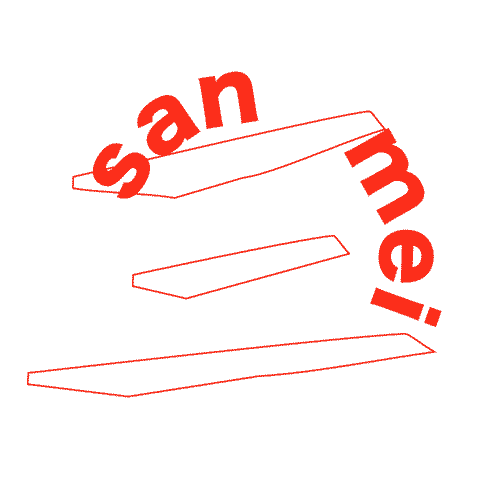Talk
Environment Making: Tawfik Naas & Munesu Mukombe
Thursday 25 April, 7-9pm
Free / Optional Donation
Listen to the live recording of the conversation here:
Join artists Tawfik Naas and Munesu Mukombe for a conversation led by Mukombe around the idea of ‘environment-making’, as explored across both their practices.
‘What If I don't want to ‘world build’? What if there are things that I love and want to manipulate within my own world? How do I straddle the boundaries between a newly imagined environment and the old that I inherited? Like the walls of my teenage bedroom I build my practice expressing my desires ; cutting out pages from a magazine and taping them on a wall. No inhibitions. I am environment making’ - Munesu Mukombe
Mukombe is a London based multidisciplinary artist who works within writing, performance, and moving image. She writes autobiographical pieces that act as a framework to create intimate & vulnerable spaces for herself and the audience: contextualising abstract feelings around grief, racial oppression, interpersonal relationships, self actualisation, and connections to our deepest desires.
Naas’s interdisciplinary practice looks to create environments that offer alternative frameworks for understanding historical trauma, drawing on cosmological and ecological perspectives.
This event has been organised in conjunction with Tawfik Naas’s exhibition Chaos is a Flower on view at San Mei Gallery between 12 April – 1 June 2024.
Chaos is a Flower, a solo exhibition by Tawfik Naas:
This exhibition in focuses on the troubled history of the ‘Great Manmade River’, a government-led infrastructure system initiated in the late 1980s by the then-Libyan leader Muammar Gaddafi. The Great Manmade River was designed to bring fresh water from underground fossil aquifers in the Sahara to the populous coastal regions of Libya. Often described as the world's largest irrigation project, the Great Manmade River aimed to provide water, security and agricultural development by transporting vast quantities of fossilised water that had accumulated thousands of years earlier when the Sahara had been home to a lush and temperate climate. However, the project produced a myriad of unintended consequences that caused distress and trauma to individuals and communities involved, including Naas’ own family who migrated soon thereafter.
The exhibition and its associated programme of events has been supported using public funding by the National Lottery through Arts Council England and from The Henry Moore Foundation.

